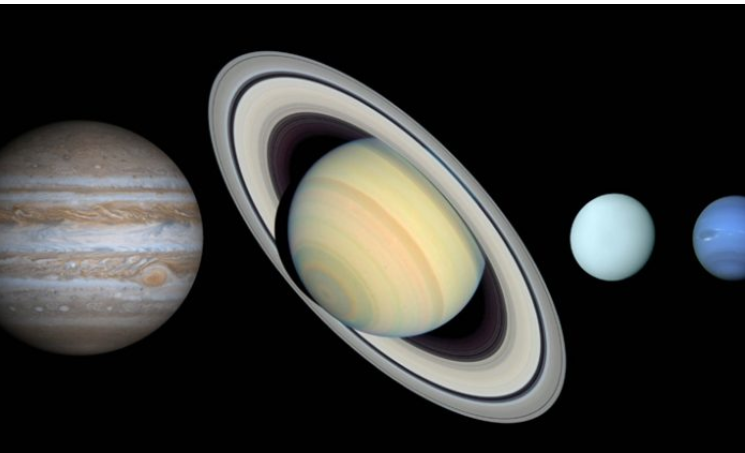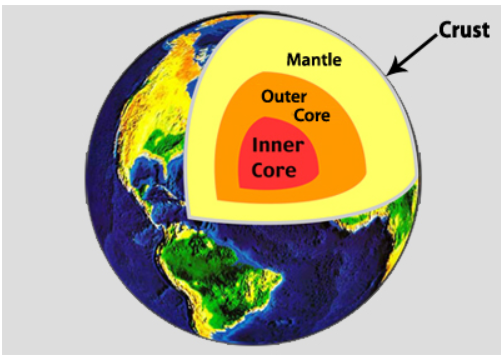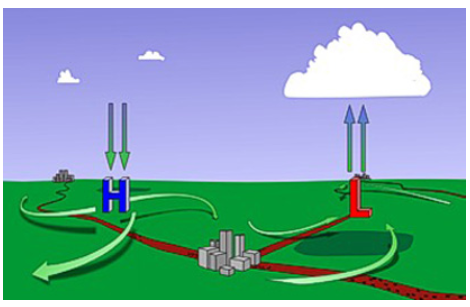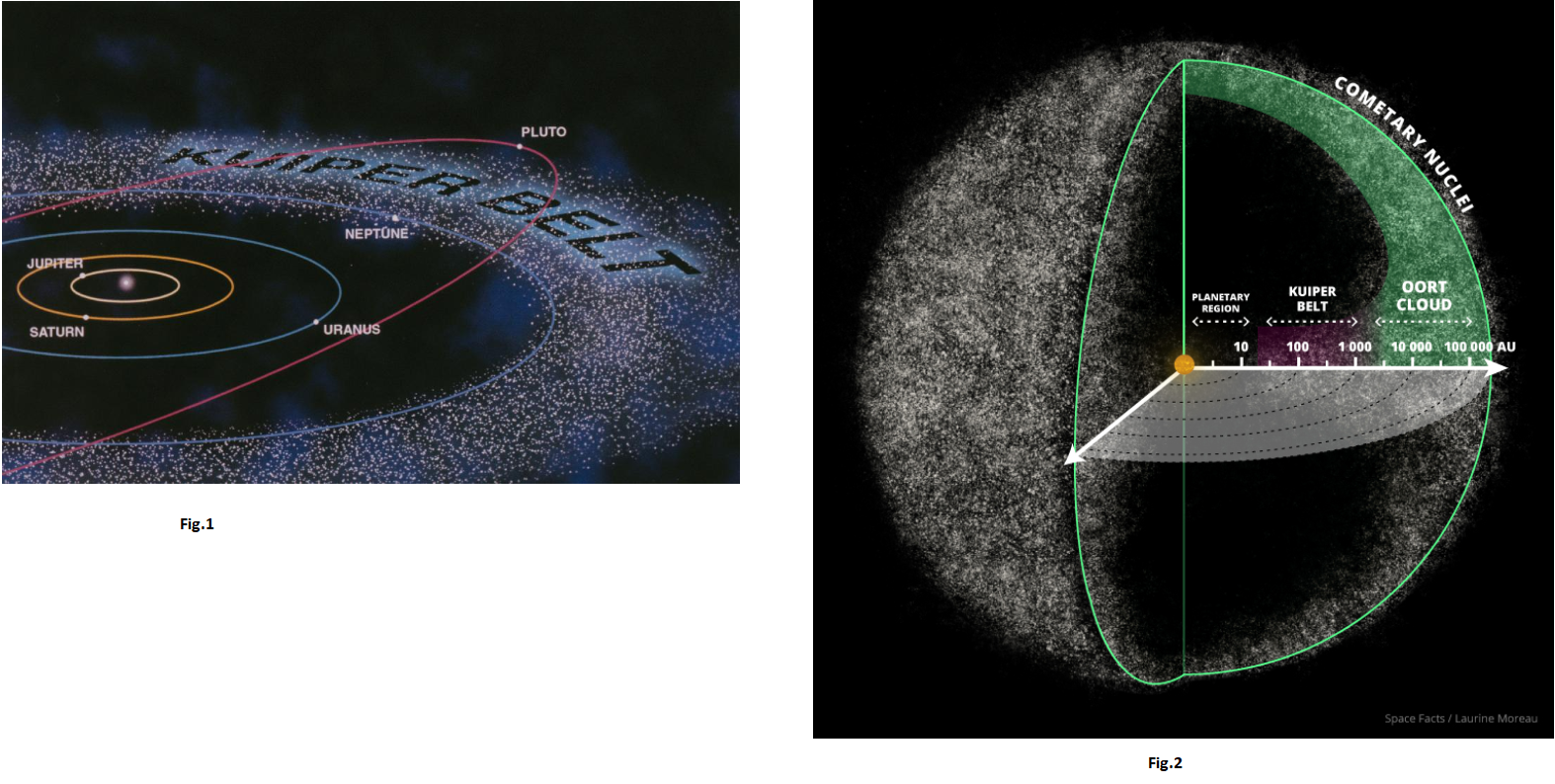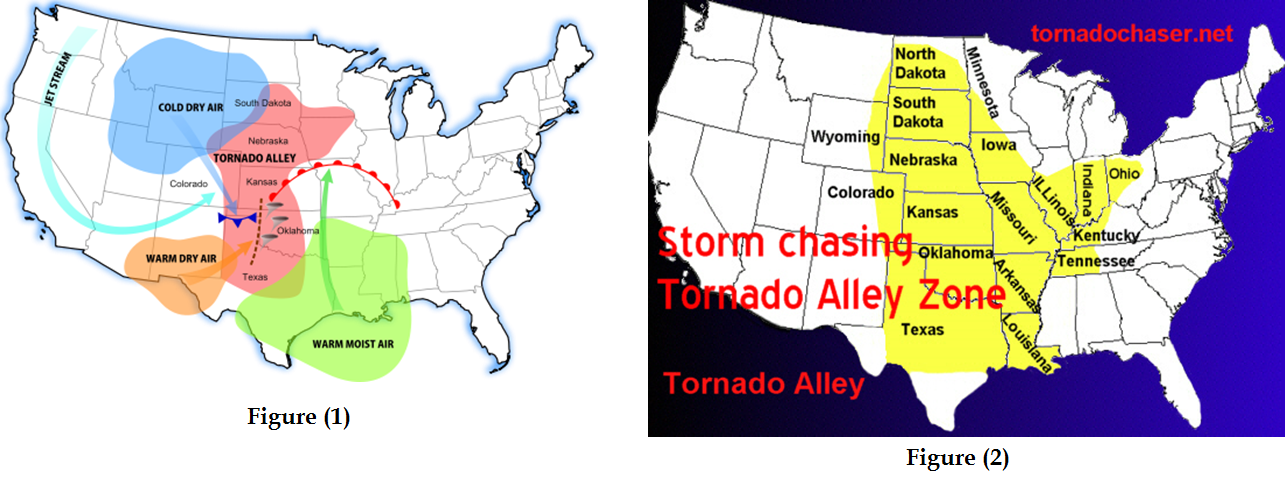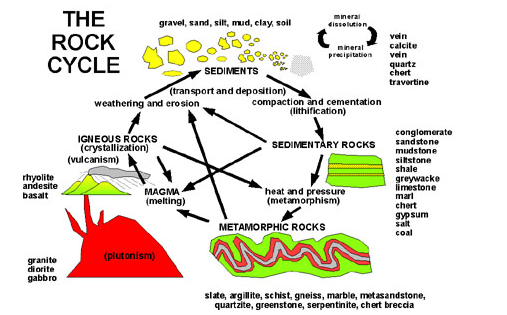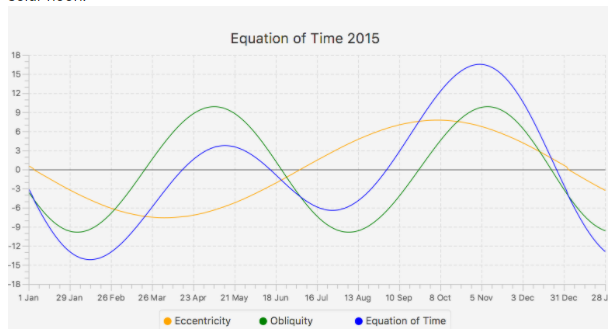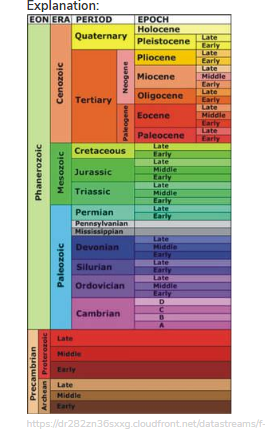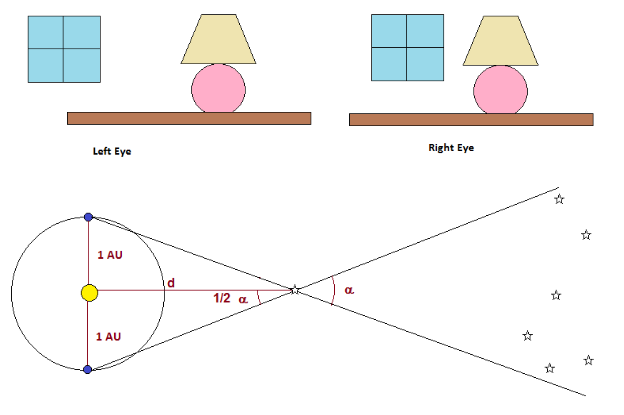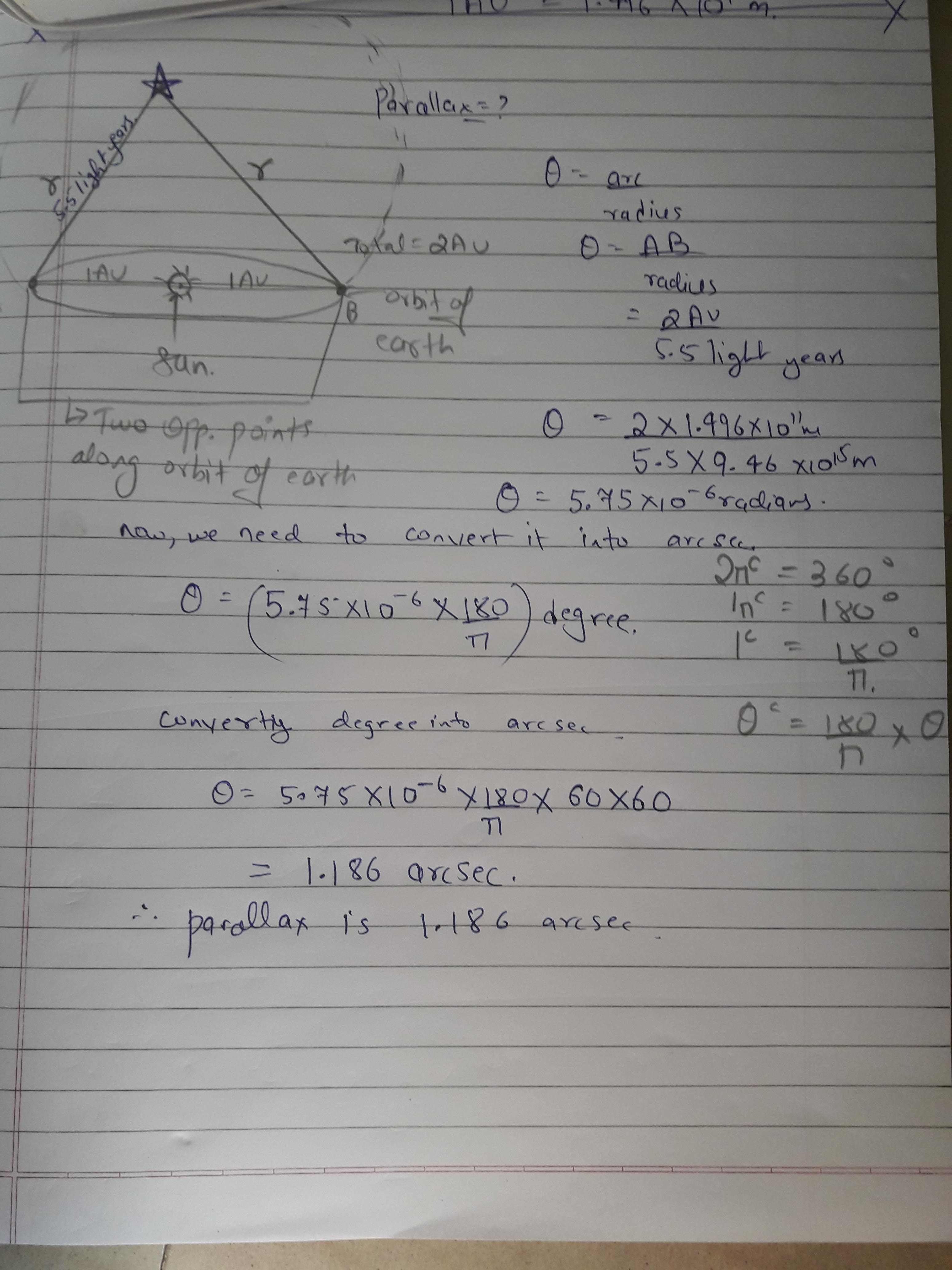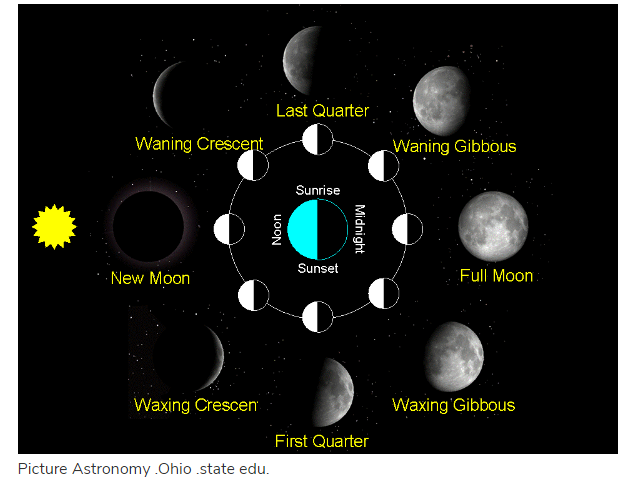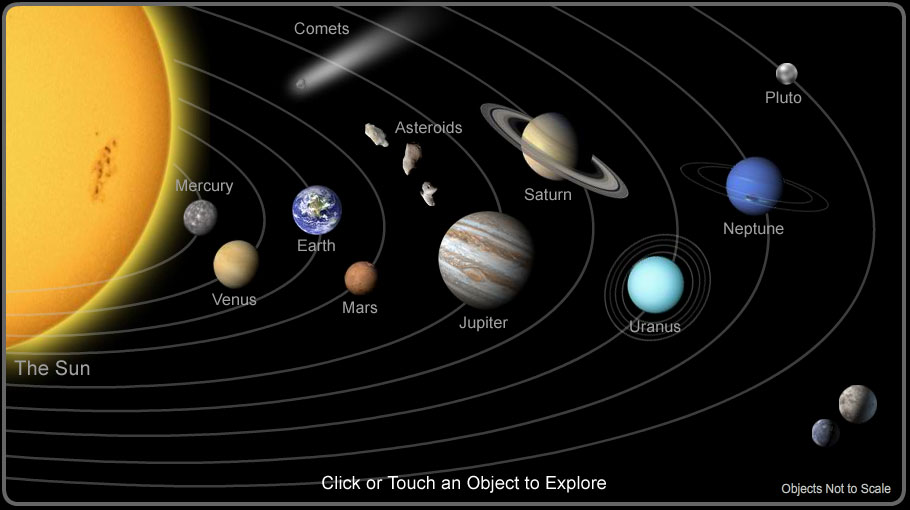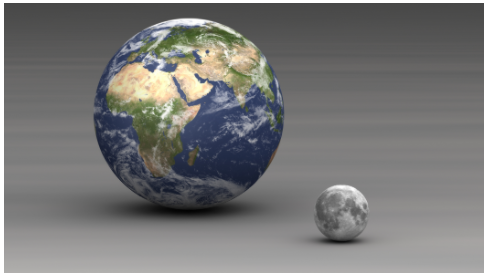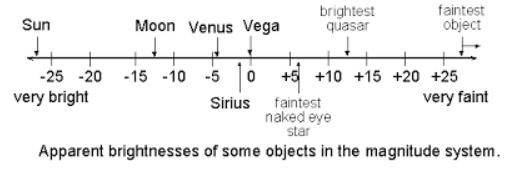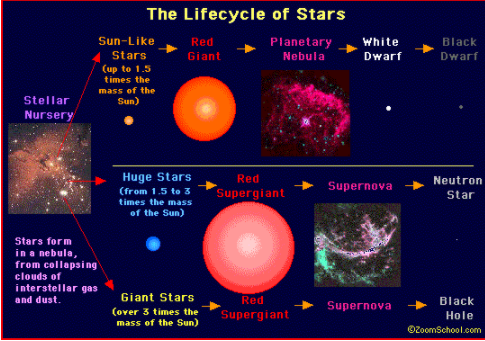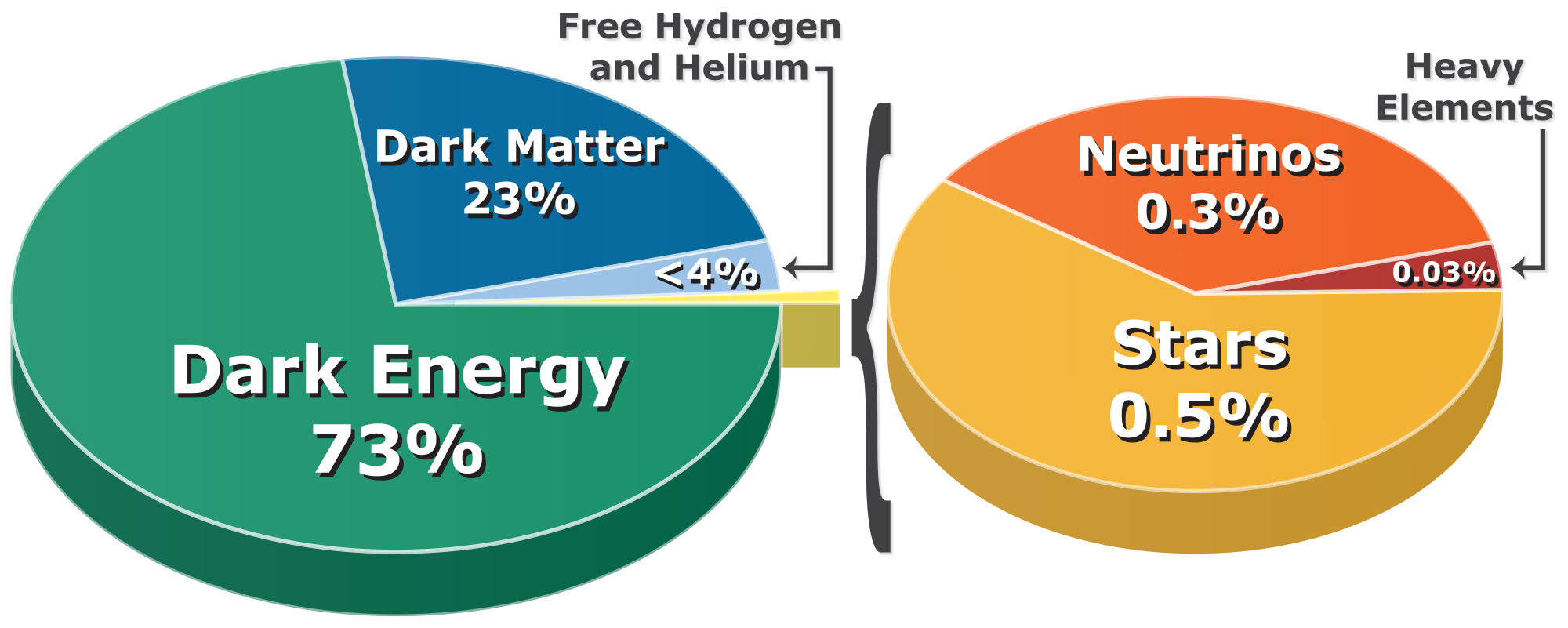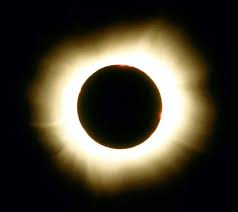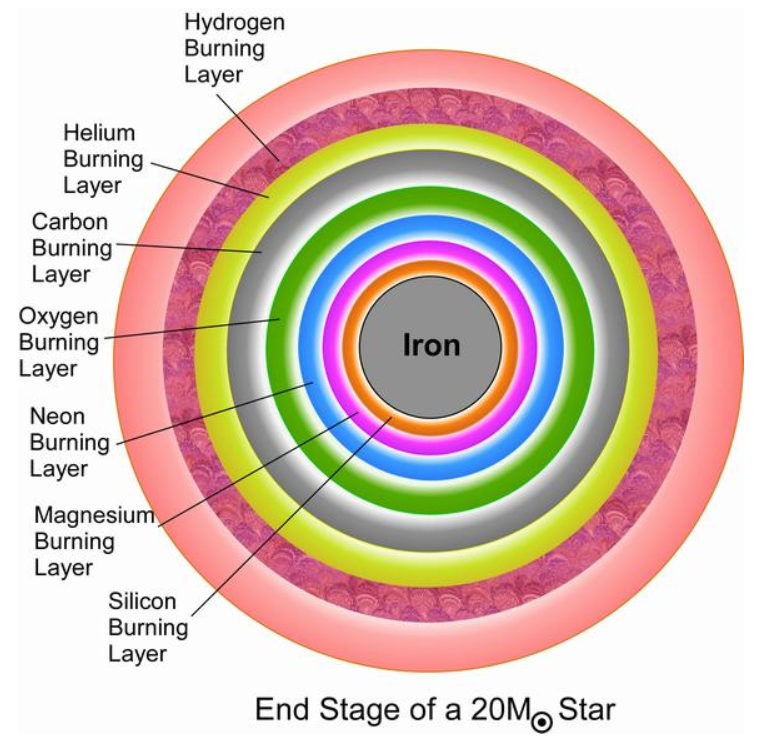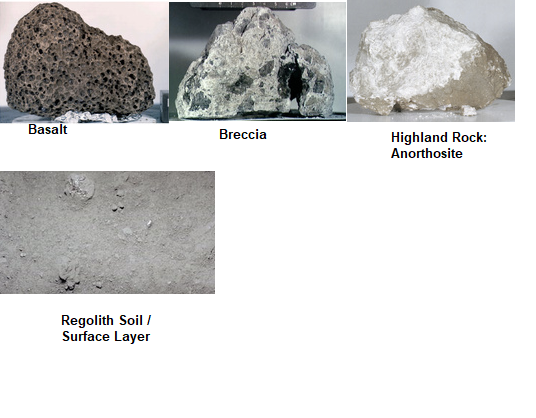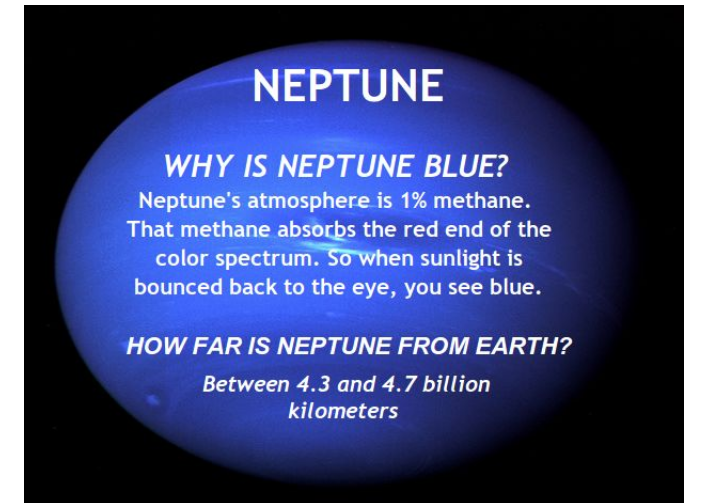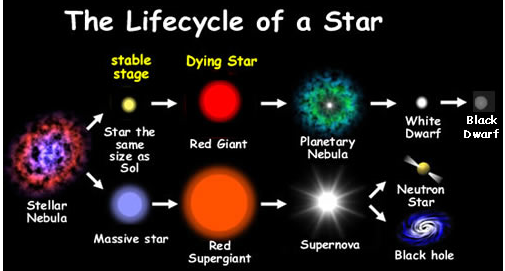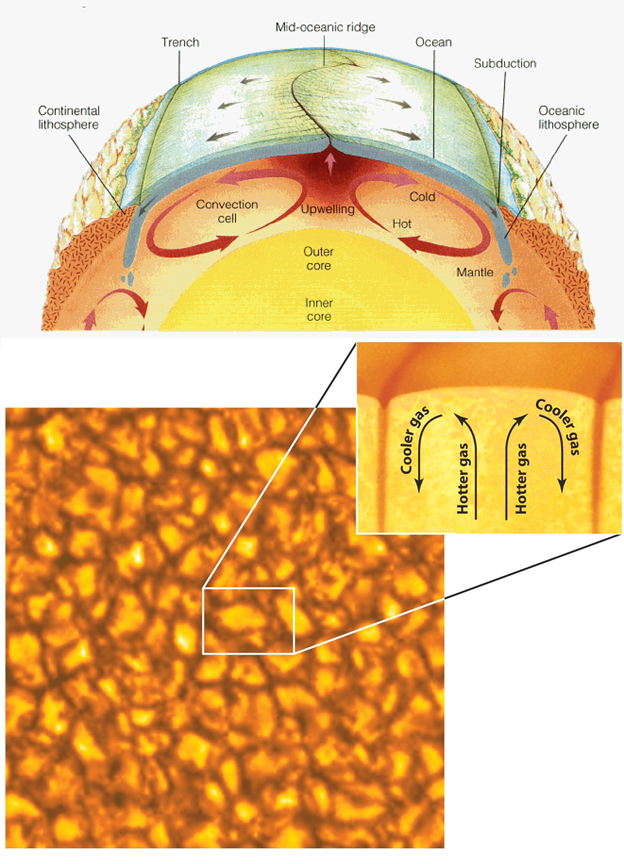General Physical Geography - Class 8 General Knowledge - Extra Questions
Which type of forests occupies the highest percentage of area in India?
What is meant by drainage? Explain any four benefits of rivers.
What is atmospheric circulation?
Why is the Godavari River also known as 'Dakshin Ganga'?
What is meant by Indian Standard Time? Why do we need a Standard Meridian for India?
Why Himalayas are called young fold mountains? What are its important features?
"The land of India displays great physical variations". Justify this statement with five examples.
Assess the significance of the central location of India in the Indian Ocean.
Ganga-Brahmaputra delta is called the 'Food Bowl of India'. Discuss.
Describe the infrastructural development in Palampur
What scientific phenomenon is responsible for causing winds?
Why are women paid lesser as compared to men? Name the fields of organized sector that attract the women most.
Define water divide. What are the different patterns of flow made by a river?
Distinguish between GMT and IST.
Describe the role of Government agencies in Forest Conservation.
What do you mean by monsoon?
Distinguish between Weather and Climate.
What is the distance between the Earth and the Sun in km?
What is ocean? Explain in brief.
Why did geologists develop the geologic time scale?
Which planets are classified terrestrial? Which planets are classified as Jovian?
When was the moon landing?
When is the tail of a comet the longest?
Whats the difference between a main sequence star and a neutron star?
What's the difference between revolutions and radians?
What is the solar system?
What is the earth's thinnest layer ?
What is uniformitarianism?
What kind of weather is associated with a high-pressure area and why?
What is the geologic time scale?
What is the prime meridian?
What is the distance between Pluto and the sun in kilometers?
What is the distance between the sun and earth ?
What is the distance between Jupiter and the sun in AU ?
What is the distance between Pluto and the sun in meters?
What is the difference between prograde rotation and retrograde rotation ?
What is the fourth planet from the sun?
What is the difference between the Kuiper Belt and the Oort Cloud ?
What is the farthest planet from the sun?
What is the circumference of the sun ?
What is the difference between the earth's rotation and revolution ?
What is the circumference of the earth in km ?
What factors are used to classify climate in the Kppen climate classification system?
What is the equation of an ellipse ?
What is surface water?
What is a quasar in space?
What are some of the measurement devices we use to describe the weather ?
What is a spring tide?
What is a Neap Tide?
What is a planetary nebula?
What is the Asthenosphere?
What $$19$$ states make up tornado alley?
Is the moon a planet or a star?
What does the earth's inner cores look like?
What does the scale of the universe tell us?
Is the rotation of the earth getting slower?
What is deposition in the rock cycle?
If earth did not rotate, what would happen to the global winds and why?
If Earth has a mass of $$5.972\times 10^24\ kg$$ and Mars has a mass of $$6.39\times 10^23\ kg$$, and the distance between them is $$225\times 10^6\ m$$, with what force does Earth pull on Mars?
If a star has a parallax of $$0.01$$ arcseconds what is its distance?
What are the global wind belts?
How long does it take for the earth to rotate on its axis?
How far is the moon in light years from earth?
How is Hubble's Constant calculated?
How far is Uranus from the sun?
How many plates is the lithosphere divided into ?
How long does it take the moon to orbit the earth?
How long does it take the earth to complete one revolution around the sun?
In which era, period, and epoch do we live now?
How long does it take for the earth to revolve around the sun?
What are the two layers that make up the lithosphere?
How far is Jupiter from the sun?
How far is Saturn from Earth?
How many kilometers is the earth from the sun ?
How far is pluto from the Sun and other planets?
How many miles is it to the sun from earth ?
How many moons does Jupiter have ?
How many known satellites does Mars have ?
How many light-years away from earth is Pluto ?
How far away is Saturn from the sun?
How does the earth-sun-moon system relate to the way in which we measure time?
Which force is most responsible for the formation of a star ?
Why a day has only $$24$$ hours? Why shouldn't we make it $$48$$ hours by decreasing the number of minutes per hour to $$30$$? What made them choose $$60$$ seconds per minute, $$60$$ minutes per hour,$$24$$ hours per day? What is the reason behind choosing this unique number?
In what says are Terrestrial planets different from Jovian planets?
What is a substrate?
How does the sun's atmosphere affect the planets?
What is the parallax formula and how is it used to calculate the distance between two stars?
Why are terrestrial planets more dense then jovian planets ?
Calculating the radius of a star $$100$$ times bigger than our Sun?
An arc of $$1$$ degree on earth's surface is equal to how many kilometers ?
What is the order of the planets in increasing distance from the sun?
What is the size of earth's crust?
Magma that flows to the earth's surface is called what type of rock?
Example 1 ,2 : A star is 5.5 light years away from the Earth . How much parallax in arcsec will it subtend when viewed from two opposite

What causes the phases of the moon?
According to Kepler's third law $$(p^2 = a^3)$$, how does a planet's mass affect its orbit around the Sun ?
According to the evolutionary theory, how long ago did the earth form?
What is the order from largest to smallest: galaxy, universe, star, asteroids, planets, moons, solar system?
Earth's crust is 70 km thick at its thickest point. The mantle is 2,885 km thick. How many times thicker is the mantle than the crust at its thickest point?
In terms of light years, how far is Jupiter away from the sun?
Are there earth like planets in the Andromeda galaxy?
How do scientists estimate the age of the earth?
If a star is brighter, does that mean that it is hotter?
Approximately how long does it take light to travel from Earth to Pluto?
A moon rock weighs $$8.5$$ pounds on the moon. How much would this rock weigh on Earth?
How do scientists determine when one layer of the earth begins and ends?
Are there planets in the Zeta Reticuli binary star system?
If an object has a mass of 36kg, what is its mass on the moon and its weight on the moon?
How do the sun and stars move?
In which direction does the earth rotate around the sun?
What are the five eras in Earth's history?
What are quasars and blazars?
The supergiant star Betelgeuse has a measured angular diameter of $$0.044$$ arc second. Its distance has been measured to be $$427$$ light-years. What is the actual diameter of Betelgeuse?
The moho is the boundary at what two layers of the earth ?
What evidence do we have for the change in size of the universe?
What are pulsars and quasars?
If the earth was the size of a golf ball how big would the universe be?
What are constructive and destructive plate boundaries?
In what ways are Terrestrial planets different from Jovian planets?
What is the circumference of the sun in meters?
What happens at a divergent plate boundary?
What is the circumference of the Earth's orbit around the Sun?
What is the 6th planet from the sun?
What is the circular but relatively flat portion of the galaxy called?
What is the difference between a star, sun, planet and a moon?
What effects does the moon have on the earth?
What is the difference between: a star, moon, planet, galaxy, universe, and a satellite?
What is the center of our solar system?
What is the circumference of the sun?
What is the general timeline for life on earth?
What is the difference between eccentricity, obliquity, and precession?
What is the coldest planet? Hottest?
What is the size of the Earth compared to the moon?
What is the distance across our solar system in light years?
What is the length of a year and day on Pluto?
What is the size of the sun's diameter in km?
What is the shape of planetary orbits?
What is the composition of a quasar compared to a star or nebula?
What is the second largest planet in our solar system?
What is the length of earth's orbit?
What is the measure of a star's brightness called?
What planets have no moons? Which have only one moon? Which has the greatest number of moons?
What planet is closest to the moon?
What is the earth made of? How does earth's composition compare to other planets?
What is the Earth mainly composed of?
What is the meaning of the expression "time conflict" ?
What planet has a similar size as Earth?
What planets have no moons?
What is the life cycle of a medium sized star like the sun?
What types of stars end their lives with supernovae?
What layer of the earth do we live on?
What's the difference between a dwarf planet and a protoplanet?
What laws did Kepler discover?
What is the Sun's absolute magnitude?
What were the three periods that divided the Mesozoic era?
What might be causing the universe to accelerate?
What is the life cycle of a star from birth to death?
What part of the sun is visible during an eclipse?
When does a low-mass star become a giant star?
Which is the fourth planet from the sun?
Why does the earth rotate counterclockwise?
What would happen if the tilt of the earth was 0 degrees?
Why is Venus called Earth's "sister planet"?
Why is time on earth and time in space different?
What would happen if the tilt of the Earth was more than 45 degrees?
Why is the sun the most important star?
What is the farthest planet from the sun?
How old is the oldest star in our galaxy?
What layer of the earth do we live on?
Will human ever colonize Mars?
Why do things that enter a black hole disappear?
What planet is so light it could float in water?
Why do we call it the solar system?
What is a group of stars, gas, and dust held together by gravity called?
You measure the parallax angle for a star to be $$0.1$$ arcseconds. What is the distance to this star?
Which way does the earth rotate: east or west?
If a star is brighter, does that mean that it is hotter?
How many solar systems are there in the universe?
What is the distance between the moon and sun?
How many light years are there from Earth to Pluto?
What is the largest known planet in the universe?
What are the sizes of Mercury, Venus, Earth, Mars, Jupiter, Saturn, Uranus, Neptune, and Pluto?
What is the order from largest to smallest: galaxy, universe, star, asteroids, planets, moons, solar system?
What is the distance between the earth and sun in light minutes?
What events led to the formation of the earth?
What is the difference between a sidereal year and a tropical year? How is each calculated ?
One year on Mercury is equal to 87.97 Earth days. One year on Pluto is three times the length of one Mercury year minus 16.21 days. How long is one year on Pluto?
How did Iron come to earth (millions of years ago)?
What are the 8 layers of earth?
What is the prime meridian?
What are sky maps? How are they made?
A pendulum has a period of 0.80 s on Earth. What is its period on Mars, where the acceleration of gravity is about 0.37 that on Earth?
Does the moon rotate around Earth?
Why is our sun also a star ?
Why are cepheid variable stars important in our study of the Milky Way ?
What is the most expansive layer of the earth?
Why isn't Pluto a planet anymore ?
What is the importance of international date line?
What is the difference in time between the Indian Standard Time and the Greenwich Mean Time?
Where are the Tropics of Cancer and Capricorn?
An astronaut's weight on earth is $$800\ N$$. What is his weight on Mars, where $$g = 3.76\ m/s^{2} $$ ?
What is the linear speed of a point on Earth's equator? What if the point was at latitude - $$ 15.0^{o}$$ ?
What are the major layers of the earth?
What is the time difference between IST and GMT
How was the layered structure of the earth developed?
Differentiate between indian standard time and greenwich mean time.
What is not present on the moon?
Differentiate between IST and BRT
The time difference between Greenwich and India is_
What is Equator of Earth?
Which country has 18 month in a year and 20 days in month
B. What can you conclude from the activity of planetarium?
Why is it 5:30pm in India & 12:00 noon in London ?
What are the another names for crust mantle and core?
Consider a white dwarf and a neutron star
each of one solar mass. The radius of the white dwarf is
same as that of the earth (approx. 6400 km) and the radius of the
neutron star is 10 km. Determine the densities of the two
types of the stars. Take mass of the sun $$ 2.0 \times 10^30 kg $$
Why Brazil has four time zones.
How far apart are the poles ?
Different between GMT and IST
Which longitude is called Prime Meridian and why it is important?
Explain indian standard time
Let's recall
In which hemispheres is our country located?
Why don't the sun's rays fall perpendicular
Let's recall
How do day and night occur on the earth?
What is Time Zone?
Brazil has how many time zones
Let's recall
Why don't the sun's rays fall perpendicular
at all the places on the earth?
How does atmosphere help to sustain life on our planet ?
Let's recall
What term is used to describe the earth's
revolution around the sun?
Let's recall
How long does the earth take to do so?
Why large countries have many times zones? Give reason.
Under who the sun and moon come
Write the differences between the GMT and IST?
If india's standard time at 7am, what is the time at Greenwhich?
What is exact time now for GMT 5:30
What is international date line?
If it is 10.00 am ist then what would be the local time at shillong on 92 deg e longitude?
What is the Speed of earth rotation and revolution?
Find the standard time of different countries and main cities.
What is Indian standard time what is its importance
What is meant by longitude and latitude?
Is earth really flat? Explain
Difference between India standard time and greenwich time
What time is it in India right now?
What information does the geologic time scale provide? Check all that apply.
Important latitude that passes through North America
Why is IST is ahead of GMT?
The earth is divided into how many time zones ?
Which state experiences sunrise first in india and which faces the last sunset?
What is distance between earth and sun????
The difference between the local time of any two consecutive longitude-
What rock types are most common on the moon?
Why do Uranus and Neptune appear to be blue?
What are differences and similarities between the sun, earth, and moon?
What is the standard gravitational parameter (GM)?
What will our sun become at the end of its life cycle?
Why are light years used to measure distances in space?
What would happen if the tilt of the Earth was more than $$45$$ degrees?
What are convection currents and what causes them?
What events led to the formation of the earth?
Class 8 General Knowledge Extra Questions
- Ancient Indian History Extra Questions
- Basic Science Extra Questions
- Culture And Places Of India And World Extra Questions
- Election,Political Parties And National Terms Extra Questions
- Famous Personalities Of India And World Extra Questions
- General Physical Geography Extra Questions
- Indian Constitution And Fundamental Concepts Extra Questions
- Indian Economy Extra Questions
- India: Science And Technology Extra Questions
- Introduction To Indian Geography Extra Questions
- Introduction To Indian Polity And Governance Extra Questions
- Medieval Indian History Extra Questions
- Modern Indian History Extra Questions
- Overview Of India Extra Questions
- Resources Of India And World Extra Questions
- Sports And Games Of India And World Extra Questions
- Static Geography Of India And World Extra Questions
- Superlatives And First In India And World Extra Questions
- The Judiciary System Of India Extra Questions
- The State,Local Government And Union Territories Extra Questions
- World History Extra Questions
- World Organisations And Diversities Extra Questions
